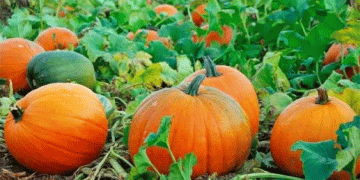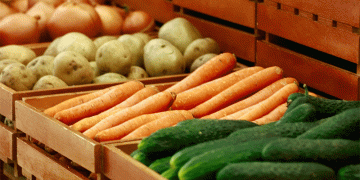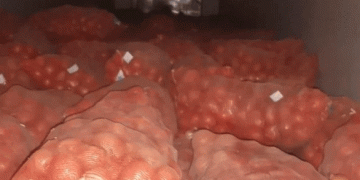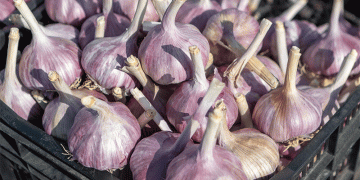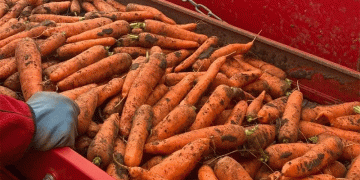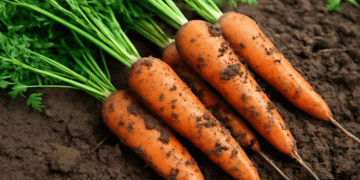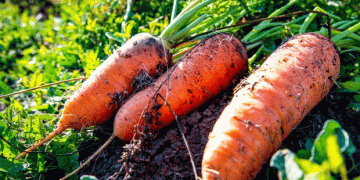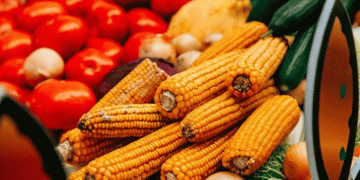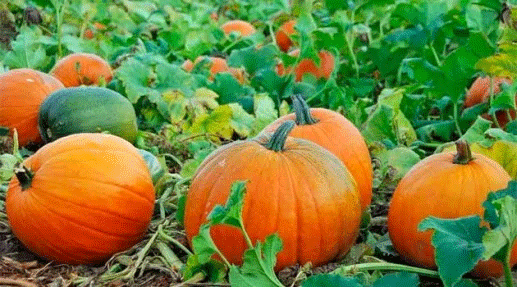A young farming couple, the Vlasyuks, embarked on a pumpkin-growing venture on 1.2 hectares (50 sotok) this season. They successfully navigated agronomic challenges—from soil preparation and planting to pest control and weeding—yet found themselves facing a financial loss at the end of the season. Their experience is a stark illustration of a widespread issue in specialty crop production: achieving a harvest is not synonymous with achieving profitability. For farmers, agronomists, and agricultural economists, this case underscores the systemic barriers that can make pumpkins a high-risk, low-return crop for small-scale producers.
The Vlasyuks’ primary challenge was the high cost of production relative to the market price they received. They incurred significant expenses for mineral fertilizers, plant protection products, and labor for weeding. These input costs are a major burden for smallholders. Data from the Food and Agriculture Organization (FAO) consistently shows that small-scale farmers often face disproportionately high input costs due to a lack of economies of scale, making their break-even point difficult to achieve without premium pricing.
Compounding the cost issue was a critical failure in market linkage. The couple discovered that “demand on the local market was significantly lower than expected,” and the selling price failed to cover their production costs. This reflects a common pitfall: production without a pre-arranged sales channel. A 2023 World Bank report on agri-finance emphasized that market volatility and lack of access to stable offtake agreements are among the biggest constraints to the profitability of small and medium-sized farms. Without a contract or a diversified sales strategy, farmers are forced to sell into a local market that may be instantly saturated during harvest, causing prices to collapse.
Their conclusion is sobering: pumpkin cultivation is “not profitable for small farms in current economic conditions without access to broader markets or the ability to process the harvest.” This aligns with broader agricultural economic principles. The USDA’s Economic Research Service has long documented that value-added activities (like processing pumpkin into puree or baked goods) and direct-to-consumer marketing are key strategies for capturing a larger share of the food dollar and improving farm viability.
The Vlasyuks’ story is not an isolated incident but a symptom of a larger structural problem. It demonstrates that agronomic knowledge alone is insufficient for success. The path to profitability for pumpkin crops, and for many specialty crops, requires a dual focus:
- Pre-Production Market Analysis: Farmers must identify and secure buyers or market channels before planting, moving away from speculative production.
- Value Addition and Diversification: Developing the capacity for on-farm processing (e.g., producing pumpkin puree, seeds, or canned goods) or engaging in direct sales (farmers’ markets, agritourism) is crucial to bypass low-margin wholesale markets.
For agricultural advisors and policymakers, supporting farmers with market intelligence, facilitating cooperatives for collective bargaining, and providing grants for small-scale processing equipment are essential steps to transform pumpkin cultivation from a gamble into a viable enterprise.
